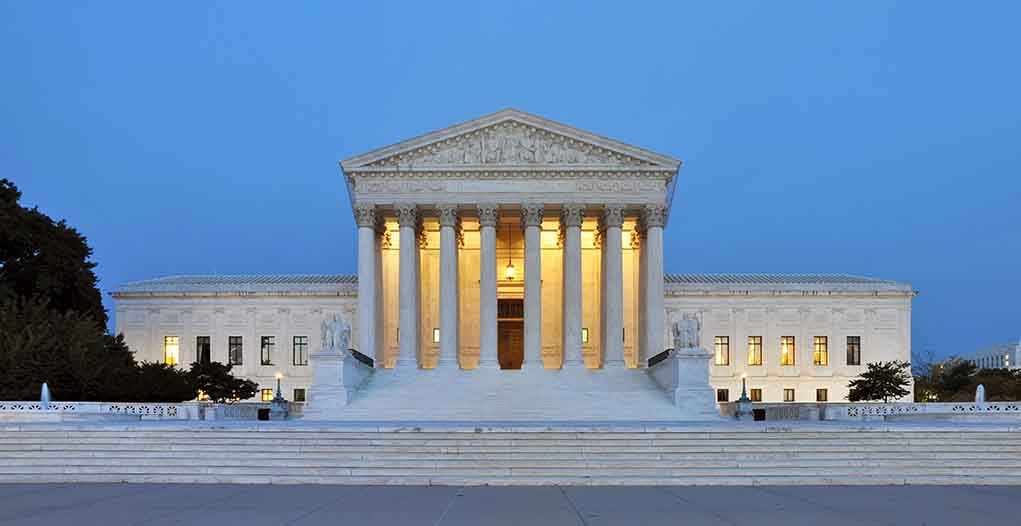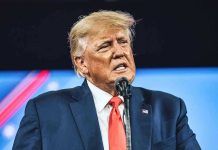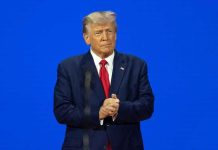
A single Molotov cocktail, discovered at dawn outside a storied D.C. church, sent ripples through the city and forced everyone to confront the uneasy intersection of protest, faith, and the judicial power that shapes American life.
Story Snapshot
- A man was arrested outside a Northwest D.C. church with a Molotov cocktail as the congregation prepared for the Red Mass marking the Supreme Court’s new term.
- The incident occurred at a time of heightened national tension over the judiciary, religious tradition, and public safety.
- The Red Mass is a centuries-old tradition attended by legal professionals and Supreme Court justices to seek guidance for the coming year.
- The arrest raises questions about security, protest, and the symbolic gravity of this annual event.
Molotov Cocktail at the Steps of Tradition
Washington D.C. police arrested and charged a man found camping in front of a Northwest church with a Molotov cocktail in his possession, mere hours before the celebrated Red Mass. This special service, long revered by the legal community, marks the beginning of the Supreme Court’s term, drawing attendees from the highest judicial ranks and sparking annual debates about the role of faith in public life.
Law enforcement responded swiftly, neutralizing what could have been a dangerous disruption. The church, a beacon in the city’s legal and religious landscape, stood at the center of a complex moment—where ritual collides with real-world unrest. The timing wasn’t lost on locals: as the Supreme Court’s justices prepared to cross the threshold for this symbolic blessing, the specter of protest and violence reminded everyone of the tensions simmering beneath the surface.
The Red Mass: A Ceremony Under Scrutiny
The Red Mass, steeped in centuries-old Catholic tradition, seeks divine guidance for judges, lawyers, and lawmakers as they embark on a new judicial season. In modern Washington, it’s more than a religious service—it’s a flashpoint for commentary on the relationship between church, state, and the law. The event’s proximity to the Supreme Court and its roster of influential guests amplify its significance, creating a stage where faith, politics, and public opinion intersect.
This year’s Red Mass unfolded against a backdrop of contentious legal battles, public demonstrations, and escalating scrutiny of the judiciary’s role in shaping social policy. The presence of a Molotov cocktail at the doorstep of this event jolted the city, reigniting debates about security, the boundaries of protest, and the enduring power of symbolism in American public life.
Security, Protest, and the Supreme Court’s Aura
Security at the Red Mass is always tight, but the discovery of an incendiary device raised the stakes. Authorities acted decisively, yet the incident underscored the vulnerability of institutions regarded as pillars of stability. For some, the Molotov cocktail symbolized the increasingly fraught relationship between citizens and the judiciary—a combustible mix of grievances, ideals, and unmet expectations.
The arrest outside the church left many in the community questioning not just the motivations behind the act, but also the broader climate that makes such gestures conceivable. Is this a warning sign of rising frustration with the court’s decisions? Or merely an isolated act by a troubled individual? The answers may be elusive, but the questions linger, shaping conversations far beyond the city’s borders.
Sources:
New Jersey man arrested for having Molotov cocktail outside DC church during high-profile Mass













